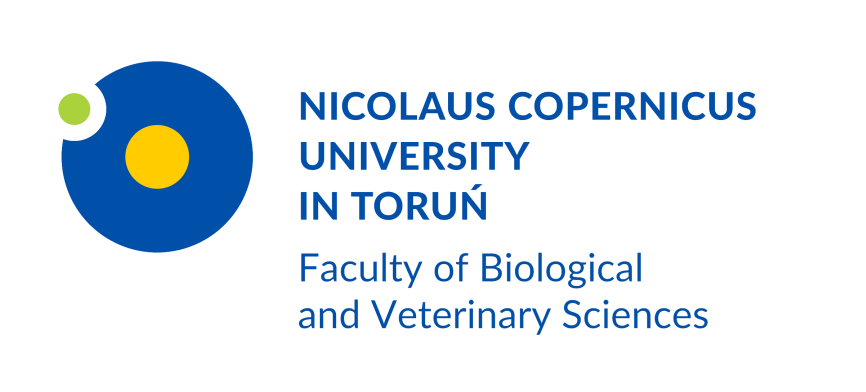![obrazek: [fot. PlantCell] Zdjęcie ilustracyjne](http://www.umk.pl/wiadomosci/serwisy_wp/zdjecia/24986/srednie.jpg)
TPC is the journal of the American Society of Plant Biologists (ASPB) that specializes in publishing original research of great importance in plant biology, molecular biology, and cell biology, published by Oxford University Press. The research of Dariusz Smoliński's team provides new information on the regulatory mechanisms of gene expression, which are based on the retention of pre-mRNA in the nucleus.
Regulation of gene expression enables the synthesis of proteins at the right time. The team's research on the phenomenon of nuclear retention of immature mRNAs showed that it exerts a key influence on the regulation of gene expression by delaying the export of mRNA to the cytoplasm. It allows for the synthesis of specific proteins at tightly controlled time points, e.g., during the differentiation of generative cells and their development. Cajal bodies (CB) - biomolecular condensates found in the cell nucleus - play a crucial role. In CBs, transcripts are accumulated with retained intron sequences. It is worth noting that the retained introns are spliced at a strictly defined time and that the released, fully mature mRNAs are transported to the cytoplasm for translation. Similar processes were observed during the development of generative cells in both plants and animals. These indicate an evolutionarily conserved mechanism for regulating gene expression in eukaryotes.
Rudzka M, Wróblewska-Ankiewicz P, Majewska K, Hyjek-Składanowska M, Gołębiewski M, Sikora M, Smoliński DJ, Kołowerzo-Lubnau A (2022). Functional nuclear retention of pre-mRNA involving Cajal bodies during meiotic prophase in Larix decidua. The Plant Cell DOI: 10.1093 / plcell / koac091.

 ul. Lwowska 1, 87-100 Toruń
ul. Lwowska 1, 87-100 Toruń